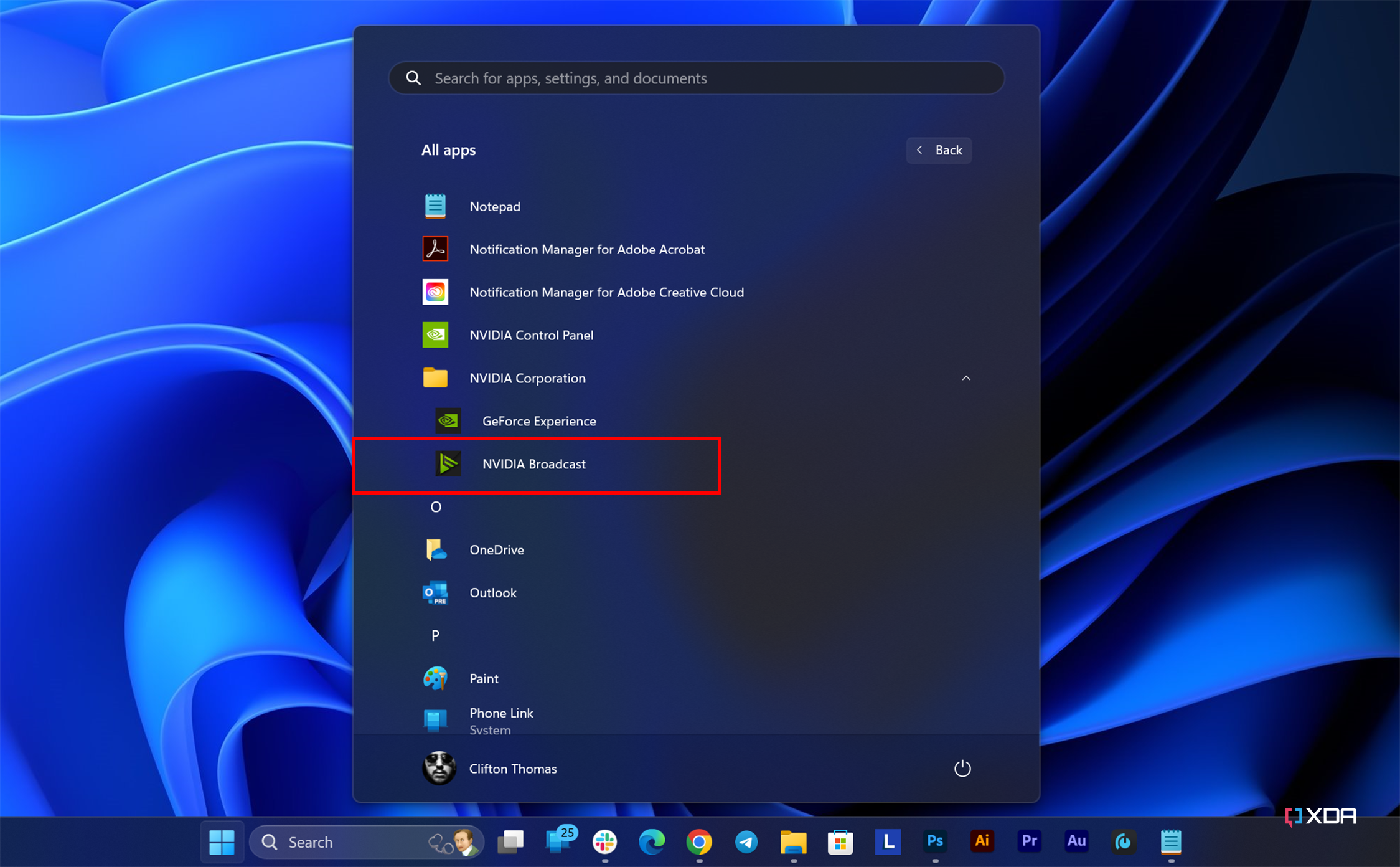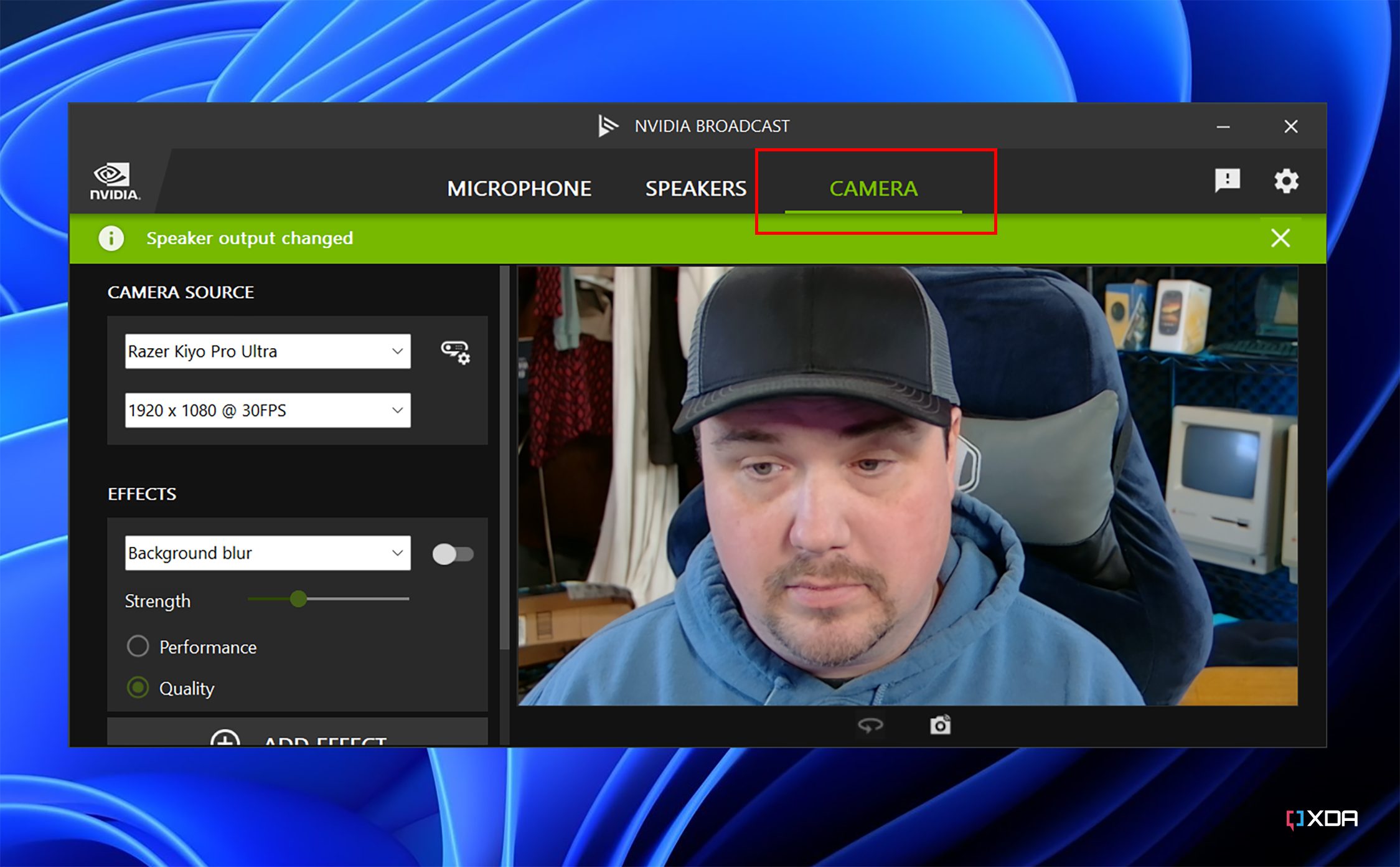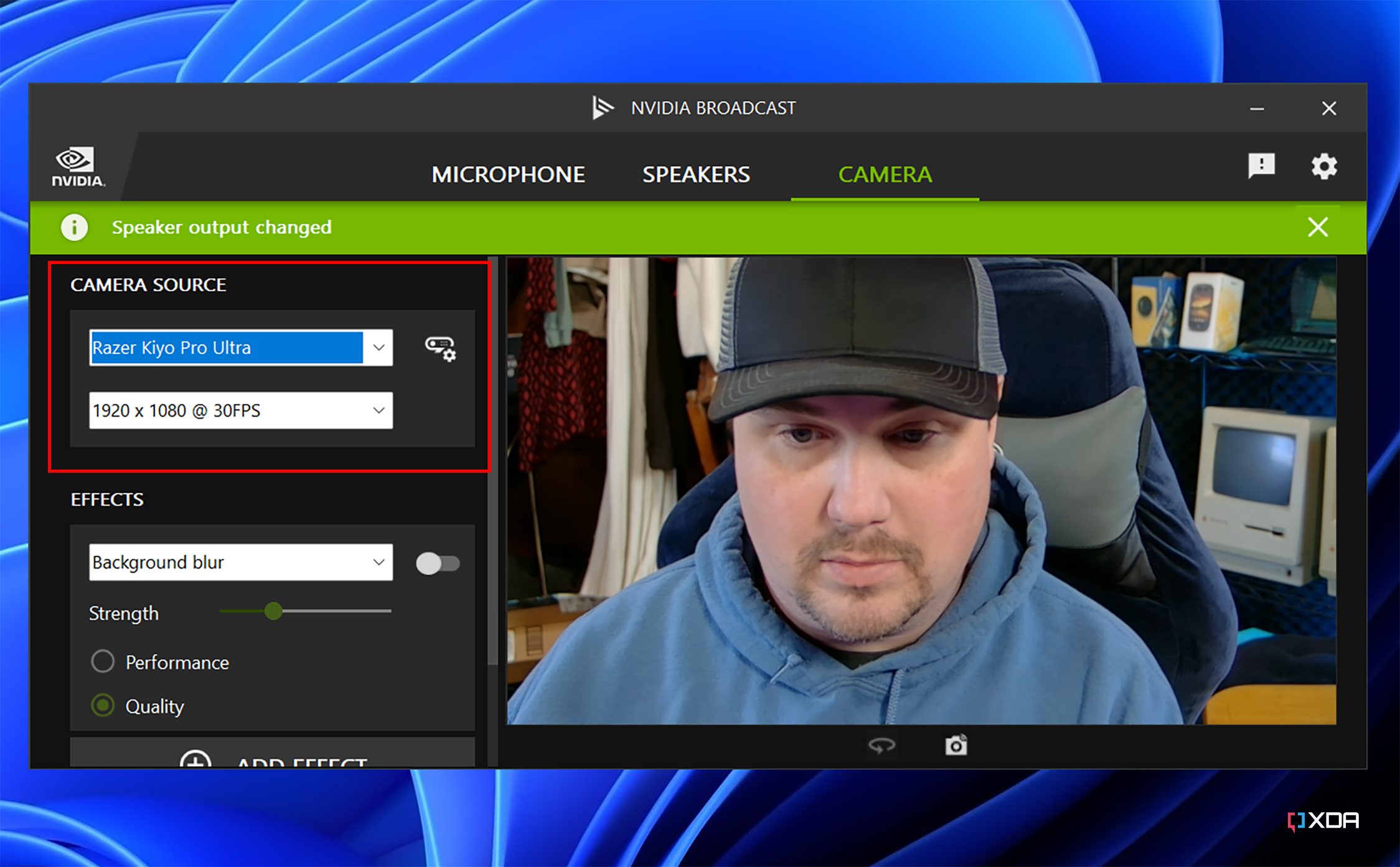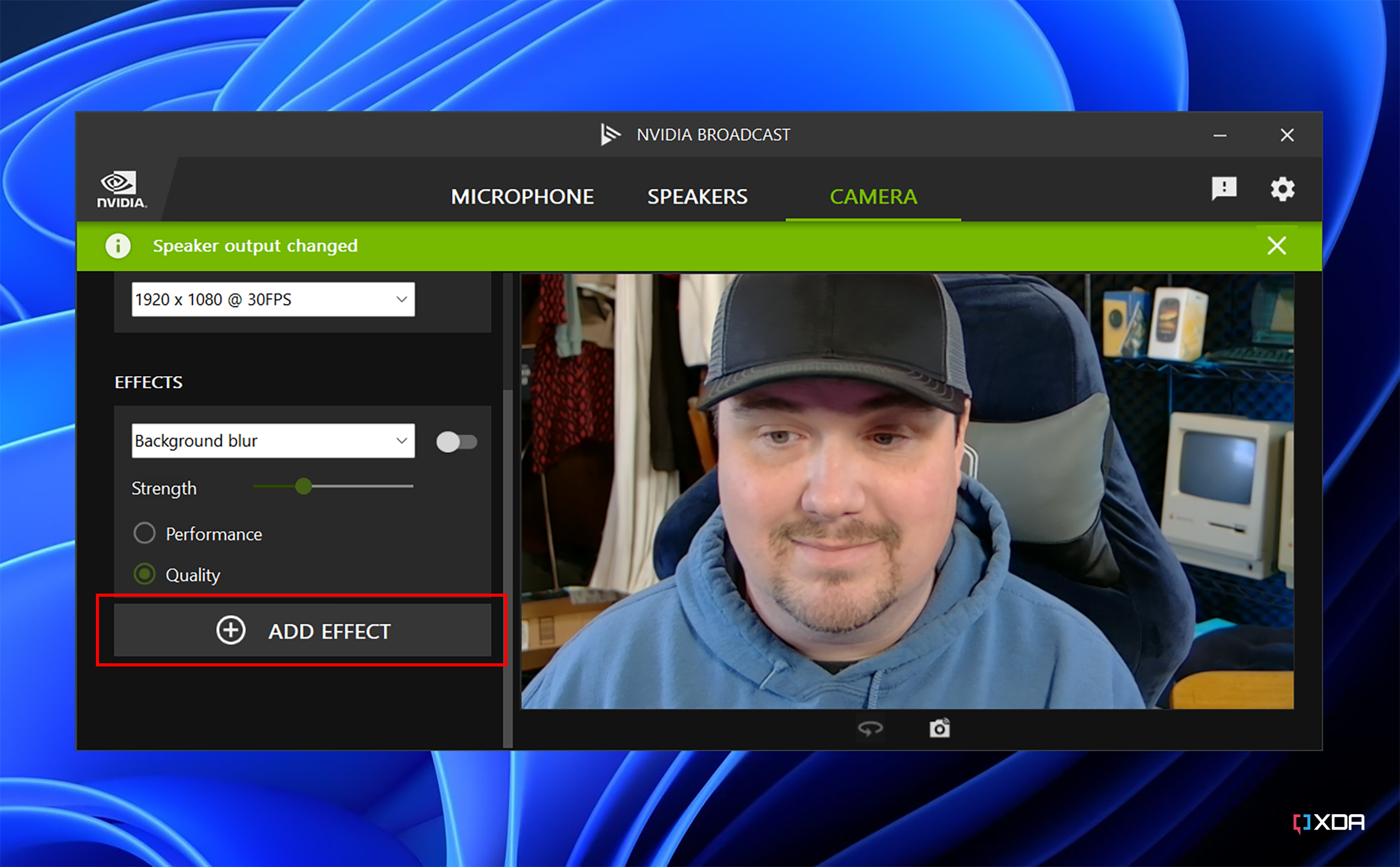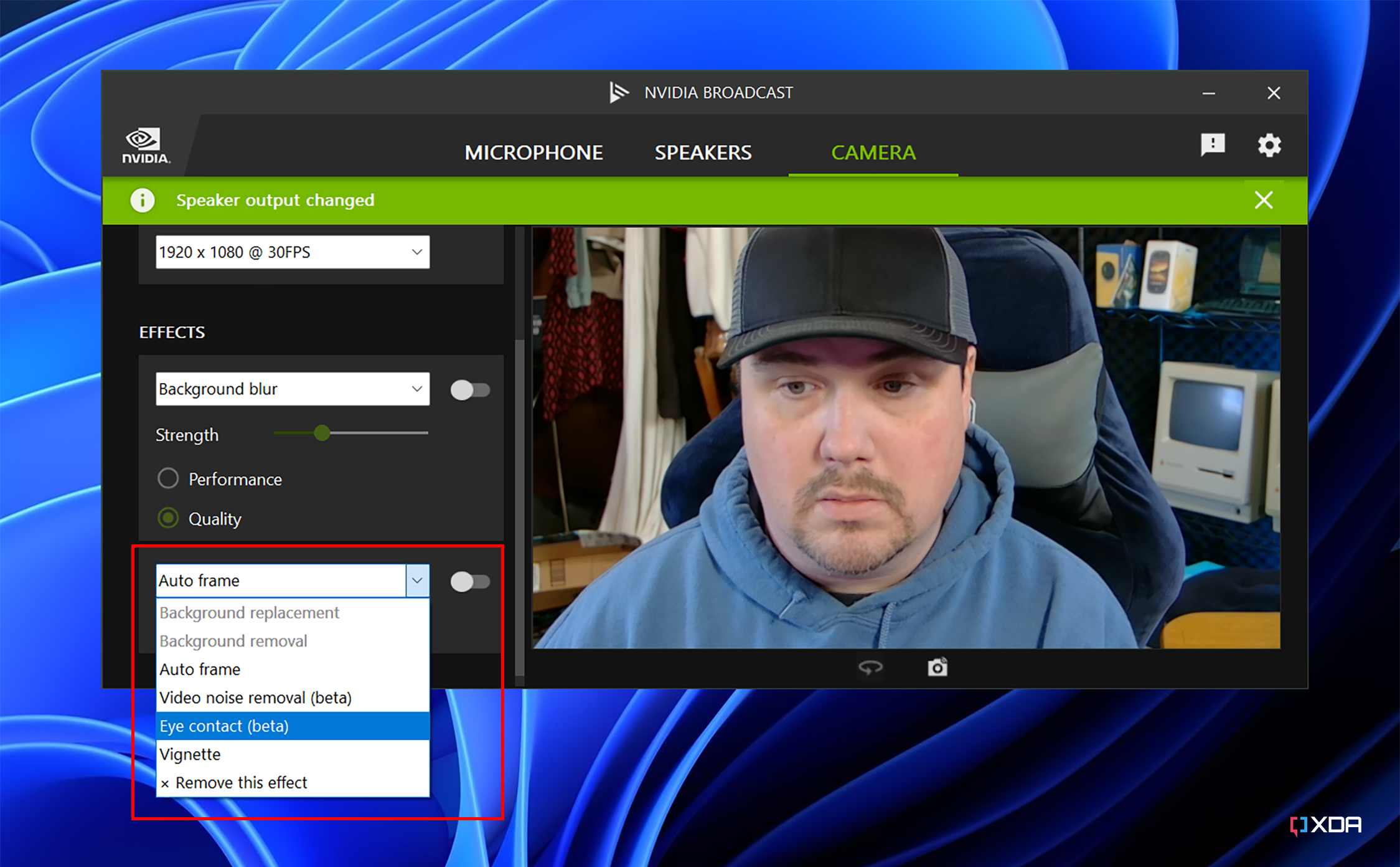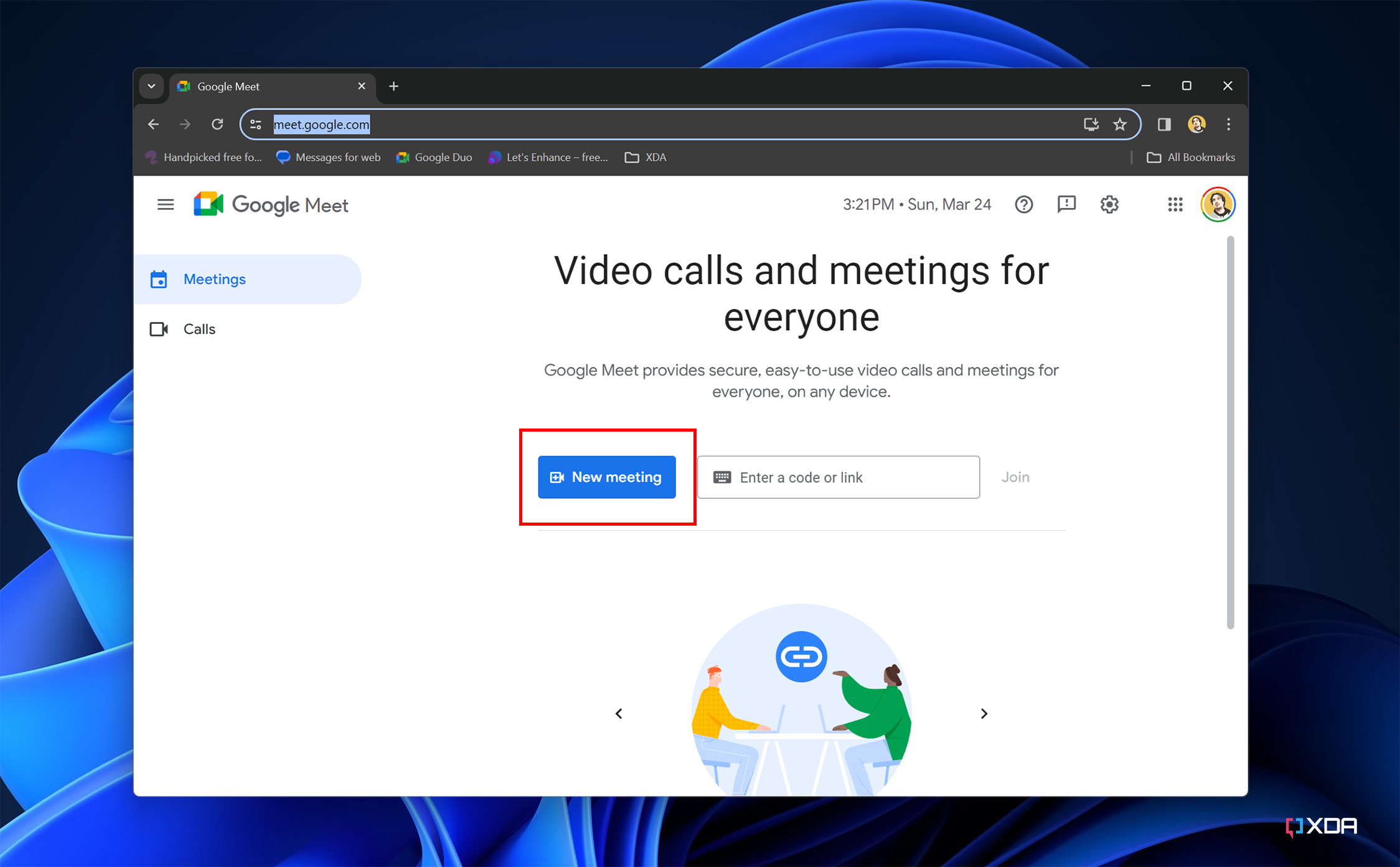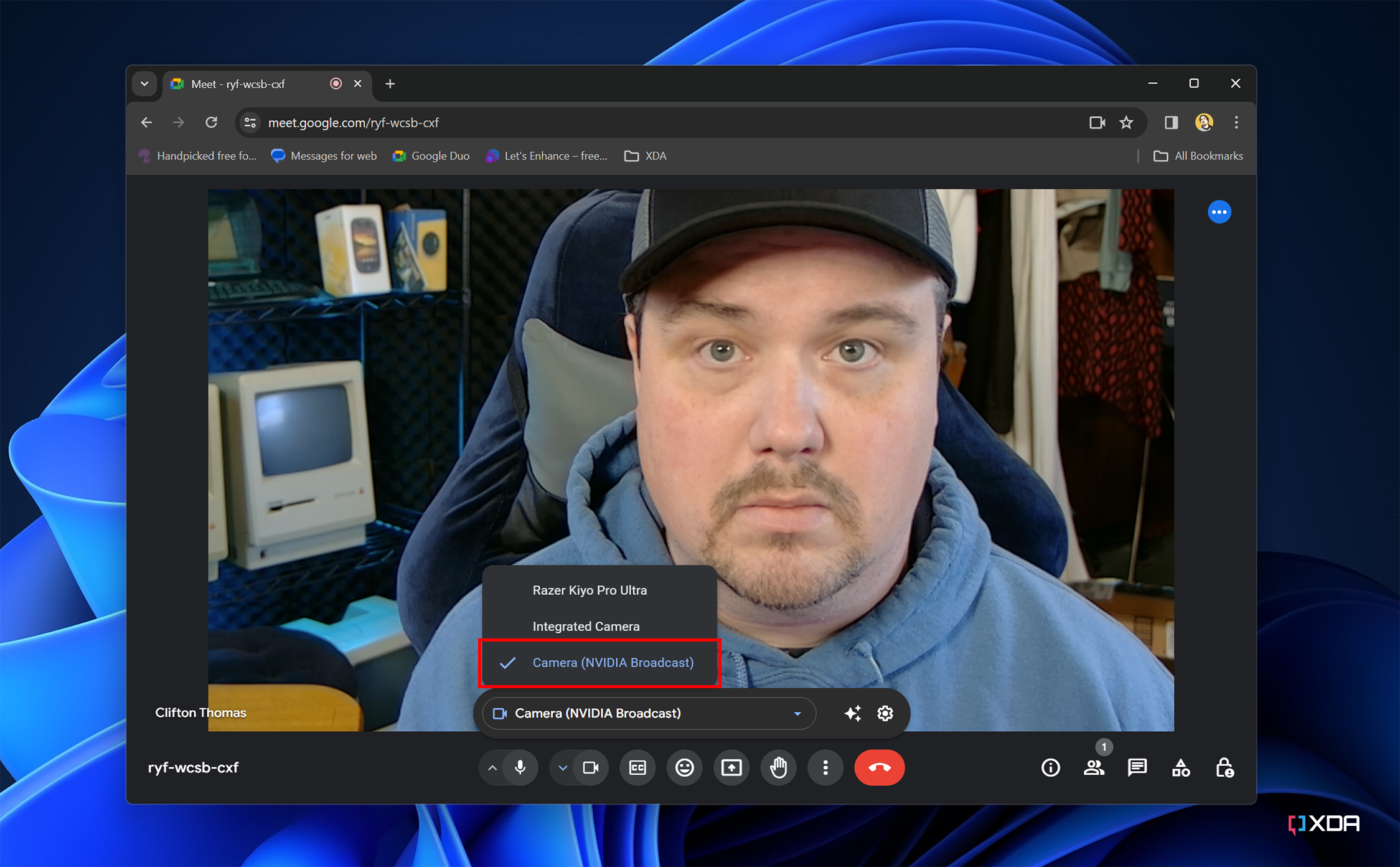Maintaining eye contact is essential to convey the idea that you are engaged with those meeting you on the other side of the camera. Eye Contact, part of Nvidia’s Broadcast application, uses artificial intelligence to maintain your gaze even if you glance in a different direction by processing and adjusting the image from your camera in real-time using your GPU to do the heavy lifting and feeding the optimized result to your video chat of choice. In this guide, we’ll show you how to use Nvidia Eye Contact and answer the question – how well does it work?
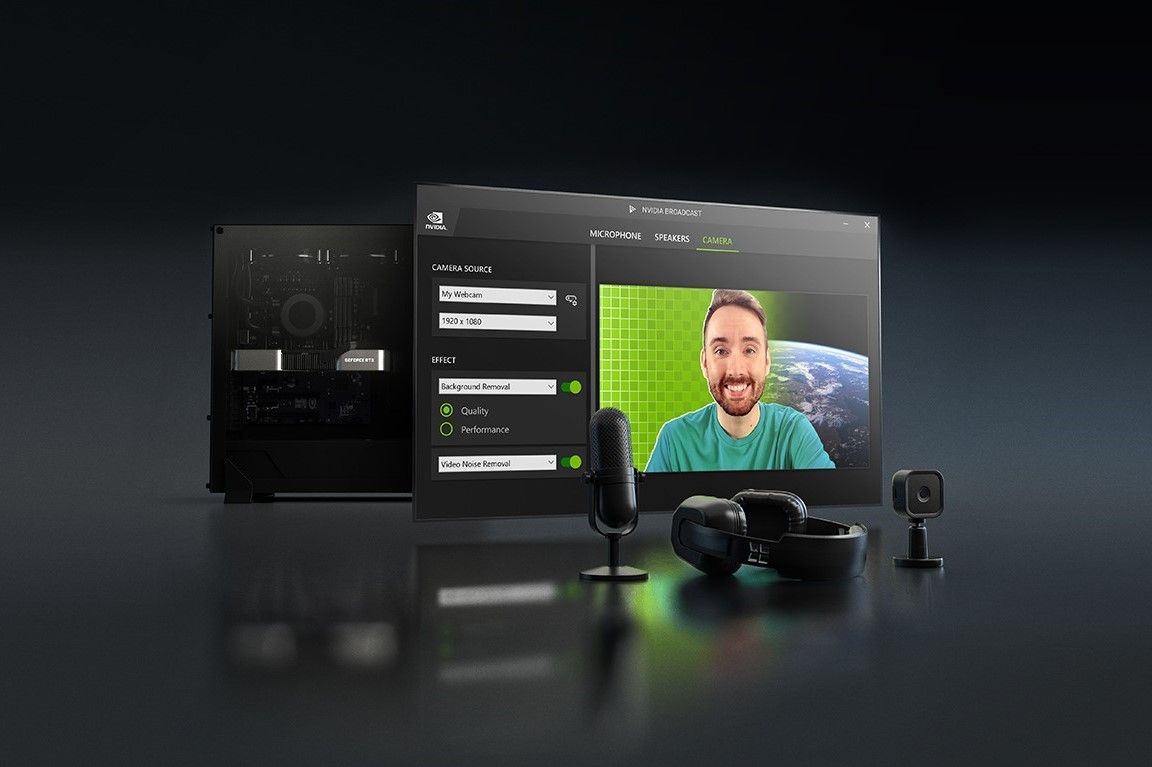
How to use Nvidia Broadcast on your PC to improve your broadcasting setup
A neat and useful utility for all RTX graphics card users.
To use Eye Contact, you’ll first need to install the Nvidia Broadcast app. The minimum system requirements for Broadcast are below.
|
GPU |
NVIDIA GeForce RTX 2060, Quadro RTX 3000, TITAN RTX or higher |
|
RAM |
8GB RAM or higher |
|
CPU |
Intel Core i5 8600, AMD Ryzen 5 2600 or higher |
|
Driver |
NVIDIA Studio Driver 526.98, Game Ready Driver 526.47, NVIDIA RTX Enterprise Driver 526.67, and above |
|
Supported OS |
Windows 10 (64 Bit) and Windows 11 |
Confirming that your PC’s hardware meets the Nvidia Broadcast’s system requirements helps ensure that Eye Contact will perform as expected. If your system isn’t up to the task, Broadcast will let you know when you attempt to install it.
Once you’ve confirmed that Nvidia Broadcast is successfully installed, you can use these step-by-step instructions to launch Nvidia Broadcast and set up Eye Contact to be used in video calls. There are a few different methods to locate and launch Nvidia Broadcast.
- Launch Nvidia Broadcast from the All Apps menu within the Windows Start Menu or by typing Broadcast into the Search field on the Taskbar, waiting for the application to appear as an option, and selecting it.
- Once Broadcast launches, select the Camera tab.
- Select your preferred camera source from the drop-down menu on the left, along with your preferred resolution.
We recommend that you do not go above 1920 x 1080 at 30 fps, as video resolutions higher than this will put a heavy load on your GPU while it is also processing the Eye Contact AI adjustments.
- Select Add Effect, and select Eye contact (beta) from the drop-down menu.
- Once the Eye Contact menu item is added, select the toggle button to enable it. The video preview will refresh, giving you a first look at Eye Contact in action.
- Once Eye Contact is selected, it will be turned on by default when Broadcast is used as the camera source.
- Log in to your video meeting service of choice and create a chat instance.
We used Google Meet for this guide. However, the steps provided are not service-specific.
- Find the video settings option and select Camera (Nvidia Broadcast) as the video source. Once selected, Eye Contact will be used during your video call.
No matter the service you use, Camera (Nvidia Broadcast) must always be the selected video source for Eye Contact processing to be in effect.
Eye Contact can be a useful tool for maintaining the appearance of engagement in your interactions. Its eye rendering is convincingly realistic, and the service adds blinks to help it feel natural to those viewing your video. However, it is not perfect in execution in real-world use.
Eye Contact is currently in beta, and stability isn’t guaranteed.
If your eyes divert in focus too far to one direction, there is a snap-back to focus that can make it obvious to viewers that something is a bit off. If you use a camera with software that works in the background to process items like lighting and focus adjustments, Nvidia Broadcast may not play nice with it when trying to be the video source.
There were times in evaluating Eye Contact that we had to restart the PC for it to receive video from the camera and function properly, which is to be expected from a beta feature. Finally, there is a potential price to be paid in performance when using Eye Contact while also playing a game, as your GPU is handling all the processing.
Aside from the caveats above, Nvidia Eye Contact often works so well that it becomes a powerfully transparent tool in the interactions so many of us have in an increasingly connected world. It is certainly worth considering to earn space on your PC’s internal storage. If you’re interested in learning more about the rest of Nvidia Broadcast’s capabilities, check out our dedicated guide to the application.
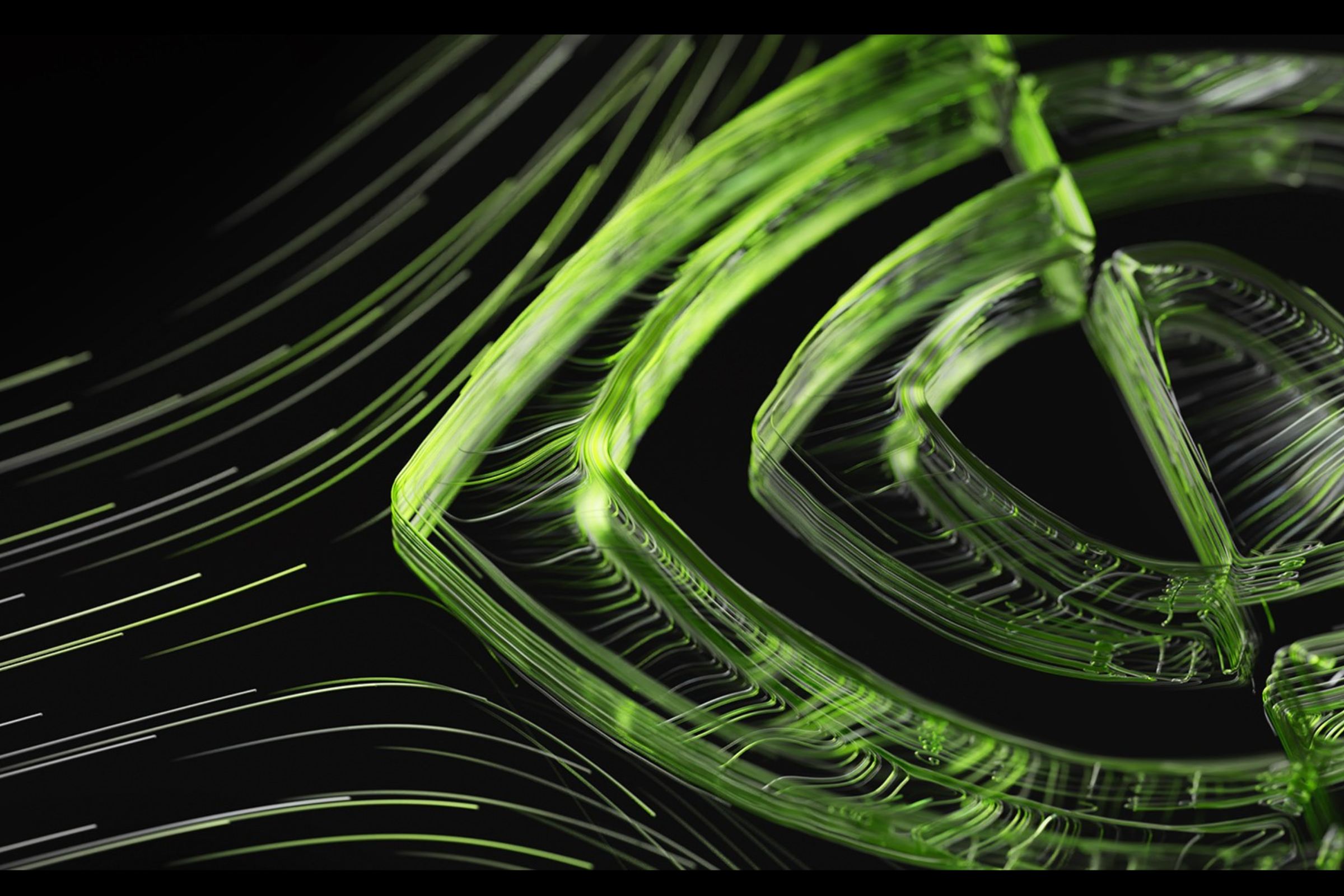
How to use Nvidia ShadowPlay to record and share your gameplay
For the casual user that just wants to screenshot, record, and stream games, Nvidia’s ShadowPlay software is one of the best options.
[ad_2]


